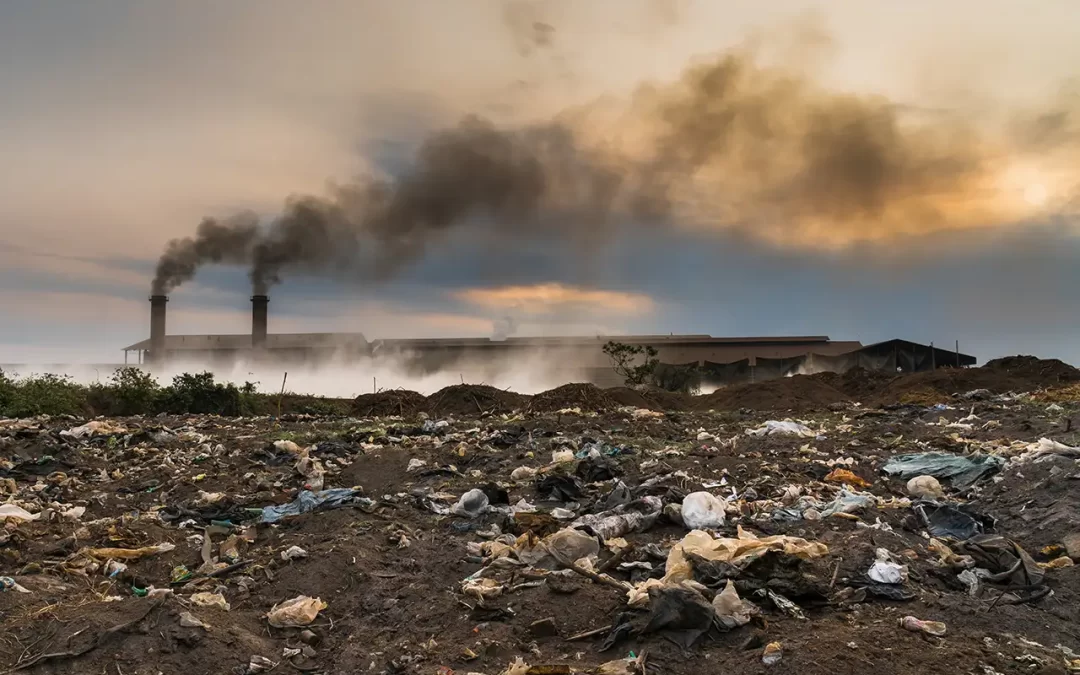In the face of rapidly escalating pollution levels worldwide, addressing environmental degradation has become more crucial than ever. This article delves into the multifaceted issue of pollution, its dire consequences on human health and the environment, and the collective measures necessary to mitigate its impact. With pollution sources proliferating at an alarming rate due to industrial expansion, urbanization, and increased vehicular emissions, the imperative for actionable solutions has never been more pressing.
Understanding Pollution and Its Various Forms
Pollution, in its essence, refers to the introduction of contaminants into the natural environment, leading to adverse changes. It manifests in various forms, each with unique sources and effects on the ecosystem and human health.
Air Pollution
Air pollution is caused by the release of pollutants such as particulate matter, nitrogen oxides, sulfur dioxide, and volatile organic compounds into the atmosphere. Major sources include industrial processes, vehicle emissions, burning of fossil fuels for energy, and agricultural activities. The health implications are severe, ranging from respiratory infections to heart disease and lung cancer.
Water Pollution
Water pollution occurs when harmful substances—chemicals, waste products, and pathogens—enter water bodies, significantly degrading water quality and aquatic ecosystems. Industrial discharge, agricultural runoff, and improper waste disposal are primary contributors. This form of pollution poses serious risks to human health, aquatic life, and the overall balance of marine environments.
Soil Pollution
Soil pollution is the contamination of the Earth's surface soil through the accumulation of pesticides, heavy metals, and other chemical compounds. This can result from industrial waste disposal, excessive use of chemical fertilizers and pesticides, and oil spills. The repercussions include reduced soil fertility, loss of flora and fauna diversity, and contamination of food crops, posing risks to food security and human health.
Noise Pollution
Often overlooked, noise pollution involves the unwanted or harmful levels of noise from industrial operations, transportation systems, and urban activities. It can lead to hearing loss, stress, sleep disturbances, and other health problems.
Light Pollution
Light pollution refers to the excessive, misdirected, or intrusive artificial light. Urban sprawl and inefficient outdoor lighting contribute to this form of pollution, affecting human circadian rhythms and disrupting ecosystems, particularly for nocturnal wildlife.

The Impact of Pollution on Health and the Environment
The consequences of pollution extend far beyond environmental degradation, posing a significant threat to public health and biodiversity. Air and water pollution have been linked to a myriad of health conditions, including cardiovascular and respiratory diseases, while soil pollution compromises food safety and ecosystem health. Moreover, pollution exacerbates climate change by releasing vast amounts of greenhouse gases into the atmosphere, leading to extreme weather conditions, rising sea levels, and habitat destruction.
Strategies for Pollution Control and Mitigation
Tackling pollution requires a multi-pronged approach, involving government regulation, technological innovation, and community action.
Government Regulation and Policies
Effective legislation and strict enforcement of environmental regulations are critical. Governments around the world are implementing policies to reduce emissions, manage waste, and protect natural habitats. Examples include the Clean Air Act, Water Pollution Control Act, and regulations on hazardous waste management.
Technological Innovations
Advancements in technology play a pivotal role in pollution control. This includes the development of renewable energy sources, such as solar and wind, to replace fossil fuels; pollution control equipment; and sustainable farming practices. Additionally, innovation in waste management, such as recycling and composting, significantly reduces environmental impact.
Community Action and Awareness
Individual and community actions are essential in the fight against pollution. This involves adopting sustainable practices like reducing waste, conserving water, and using public transportation. Public awareness campaigns and education can mobilize communities to participate in environmental conservation efforts actively.
Global Cooperation
Pollution knows no borders, making international collaboration crucial for addressing environmental challenges. Global agreements, such as the Paris Agreement on climate change and the Convention on Biological Diversity, aim to unite nations in reducing pollution and protecting the environment.
Conclusion
The increasing levels of pollution pose a formidable challenge to environmental sustainability and public health. However, with concerted efforts from governments, industries, communities, and individuals, significant progress can be made in mitigating the effects of pollution. It is imperative for society to embrace sustainable practices, invest in clean technologies, and foster a culture of environmental stewardship. Only through collective action can we hope to safeguard our planet for future generations, ensuring a healthy, vibrant, and sustainable environment.

